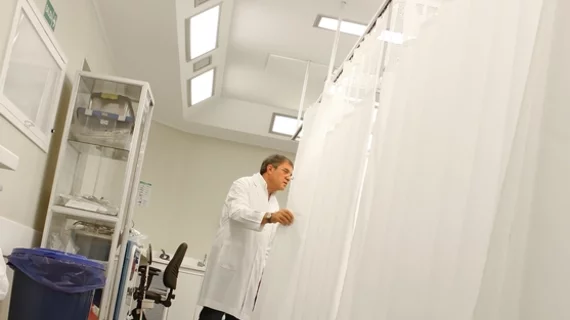Machine learning models could be used to help improve the prediction ability of emergency room (ER) triage methods after a JAMA study showed the technology was better at making clinical predictions than traditional approaches.
The findings could help improve clinical prediction methods used for triaging and improve resource allocation at ER departments.
“Emergency department triage systems strive for an appropriate balance between undertriage and overtriage because of the trade-offs between these 2 factors. In the current study, the machine-learning approaches demonstrated a higher sensitivity for predicting the critical care outcome than the conventional approaches,” Tadahiro Goto, MD, a research fellow at Massachusetts General Hospital, et al. wrote.
Due to steady increases in volume and acuity of patient visits to ERs, the ability to accurately differentiate and prioritize patients in triage has become increasingly important. According to the study, current triage systems have suffered from overcrowding and are suboptimal when differentiating critically ill children.
To address the issue and provide higher quality, timely care, researchers suggested triage systems must be optimized to avoid undertriaging critically ill children, while also reducing overtriaging in ERs.
Researchers at Cardiff University recently used AI methods to develop a clinical prediction model for more accurate and reliable prognosis of patients with cardiovascular disease.
For the study, researchers used a dataset of 52,037 ER visits by children between 2007 and 2015. Seventy percent of the data was used to train and develop four machine-learning models to predict the probability of two clinical outcomes: critical care and hospitalization.
The critical care outcome was defined as either a direct admission into an intensive care unit (ICU) or an in-hospital death. The hospitalization outcome was defined as either an admission into an inpatient care site or a direct transfer to an acute care hospital. The machine-learning models were better at predicting clinical outcomes when compared to traditional approaches, according to the study.
When predicting clinical care outcomes, the traditional model had the lowest discriminative ability, while all four machine-learning models had a high discriminative ability. When predicting hospitalization outcomes, the traditional model again had the lowest discriminative ability, while the machine-learning models’ discriminative ability was “significantly higher.”
“Recent studies have reported that machine-learning approaches improve predictions on traumatic brain injury in children, unplanned transfers to the ICU, in-hospital mortality in ED patients with sepsis, and hospitalization in patients with asthma or chronic obstructive pulmonary diseases,” Goto et al. wrote. “The present study builds on these prior reports, and extends them by demonstrating the superior ability of modern machine learning approaches to predict the clinical outcomes and disposition in a large sample of ED visits by children.”
Though additional validation is needed, researchers said the findings “present an opportunity to apply advanced prediction approaches to support the clinician’s [ED] triage decision making, which may, in turn, achieve more accurate clinical care and optimal resource allocation.”

